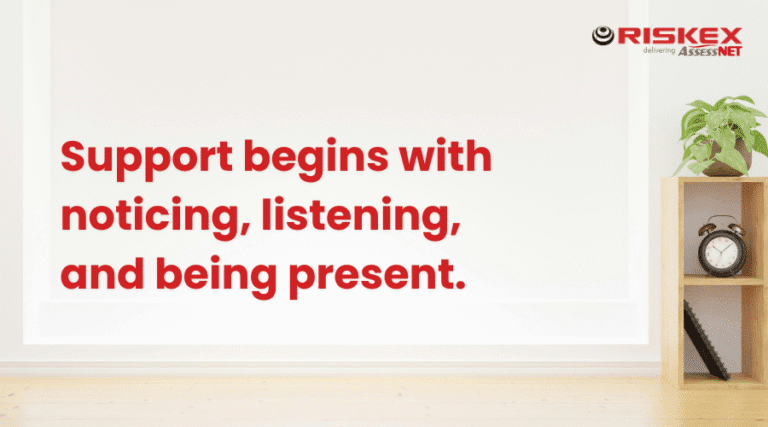Recent figures from IOSH and the HSE provide a cautiously optimistic picture: in Great Britain between April 2024 and March 2025, 124 workers tragically lost their lives in work-related accidents, down from 138 in 2023–24.
Download an overview of all stats here:
- 124 worker deaths (versus 138 last year)
- 92 members of the public also died in workplace-related incidents
Leading causes of worker deaths:
- Falls from height: 35 – the top cause, accounting for over 28%.
- Struck by moving objects: 18
- Trapped by collapsing or overturning equipment: 17
- Struck by moving vehicles: 14
- Contact with machinery: 13
Most affected sectors:
- Construction: 35
- Agriculture, forestry & fishing: 23
- Transportation & storage: 15
- Admin & support services: 13
- Plus, manufacturing, wholesale/retail, waste/recycling
Why the “good” numbers mustn’t lull us into complacency
Every fatality is unacceptable
Behind each statistic lies a human tragedy – families devastated, communities grieving. As Ruth Wilkinson, Head of Policy at IOSH, warns:
“One death is too many, especially when work-related accidents can be prevented. There were nearly two-and-a-half deaths every week last year, so this is no cause for celebration.”
Stubborn hazards persist
Falls from height remain the leading killer and nothing new is reducing their share.
Hazard-rich sectors like construction and agriculture continue to dominate the data and agriculture retains the highest fatality rate per 100,000 workers.
Age and employment type amplify risk
Around 40% of deaths involved workers aged 60+ despite them forming just ~12% of the workforce. We go into more detail about the Health and Safety Implications in an ageing workforce in another article.
Almost 49 deaths involved self-employed workers, who make up ~15% of UK workers.
Public safety is at stake too
The industry impact goes beyond the workforce—92 members of the public died in work-related incidents. This reminds organisations that safety must extend to visitors and communities.
The numbers could reverse quickly
HSE Chief Executive Sarah Albon cautions:
“Great Britain is one of the safest places in the world to work, but we cannot accept that fatal accidents are an inevitable part of working life we urge against complacency”.
How we can ensure we keep moving in the right direction
| Focus Area | Why It Matters | Recommended Action |
| Eliminate falls from height | Still the top cause | Use edge protection, secure anchors, harnesses, and safe access routes. Our article on dos and don’ts of working at height highlights some of these key prevention methods |
| Target high-risk sectors & workers | Construction, agriculture, self-employed have the higher rates of worker deaths | Refresher training, better supervision, tailored risk assessments |
| Support older and self-employed workers | There are disproportionate fatalities | Age-appropriate training, peer networks, accessible guidance |
| Protect the public | 92 lives lost | Zone access, public-risk signage, safer site layouts |
| Reinforce safety culture | Sustains long-term improvement | Senior leadership engagement, open reporting, visible investigations |
Conclusion: Everyone deserves to come home safe and well
While the drop in workplace fatalities is welcome, it must not lead to complacency. These numbers offer a stark reminder:
Safety must be proactive, persistent, and people-focused.
Main takeaway for health and safety managers:
- Revisit and enhance work at height controls.
- Target high risk groups with sharper interventions.
- Consider different groups of people in your workforce such as older and self-employed workers and their individual risks.
- Extend safety to everyone on or near your site.
- Embed a visible, unwavering safety culture at all levels.
Because at the end of every day, everyone deserves to come home safe and well and that must remain our collective goal.

Making Your Data Work: Safety Dashboards & KPIs That Drive Action
Join us in person in Milton Keynes for this powerful, interactive workshop tailored to health and safety leaders and practitioners ready to transform raw data into actionable insights.
Date: 11 November 2025
Duration: 2.5 hours
What you’ll learn:
- Pinpoint meaningful KPIs—learn how to select health and safety metrics aligned with your organisation’s risks and maturity, avoiding vanity metrics and data overload.
- Design dashboards that tell a story—build clear, audience-appropriate visuals that turn numbers into decisions.
- Shift from data collection to data intelligence— Use real-time insights to drive resource allocation, decision-making and engagement from shop floor to boardroom.
- Balance leading and lagging indicators—and use trend analysis to detect emerging risks and plan proactive interventions.
Find out more and book your place here:
References






